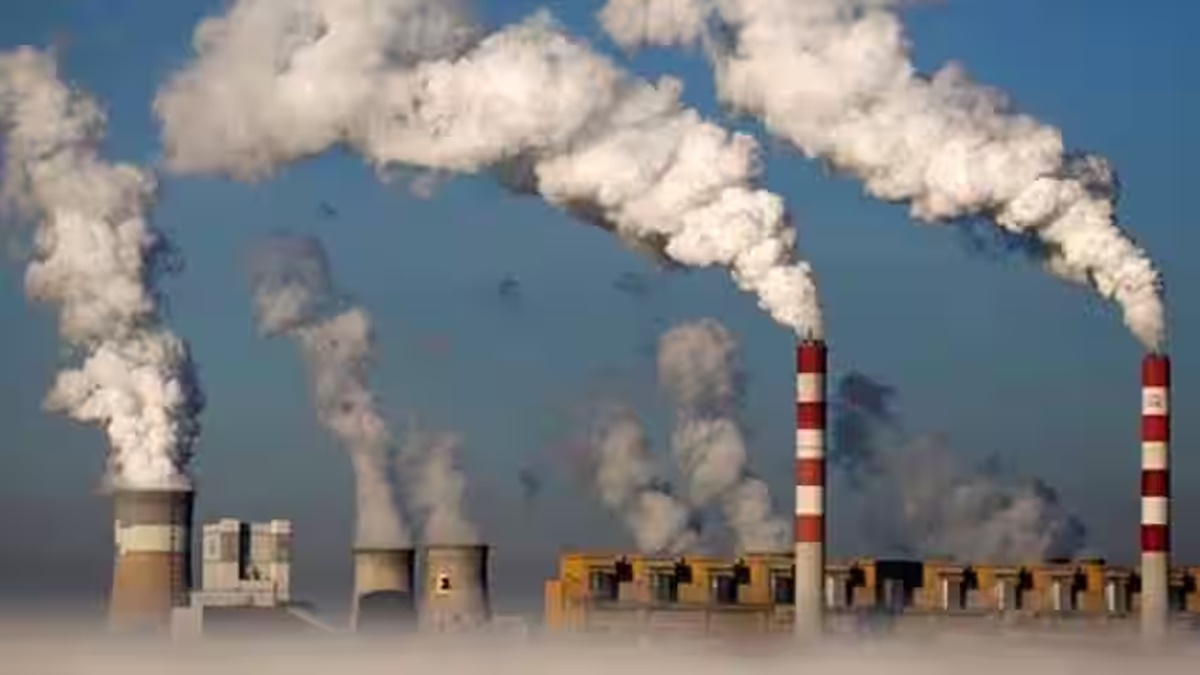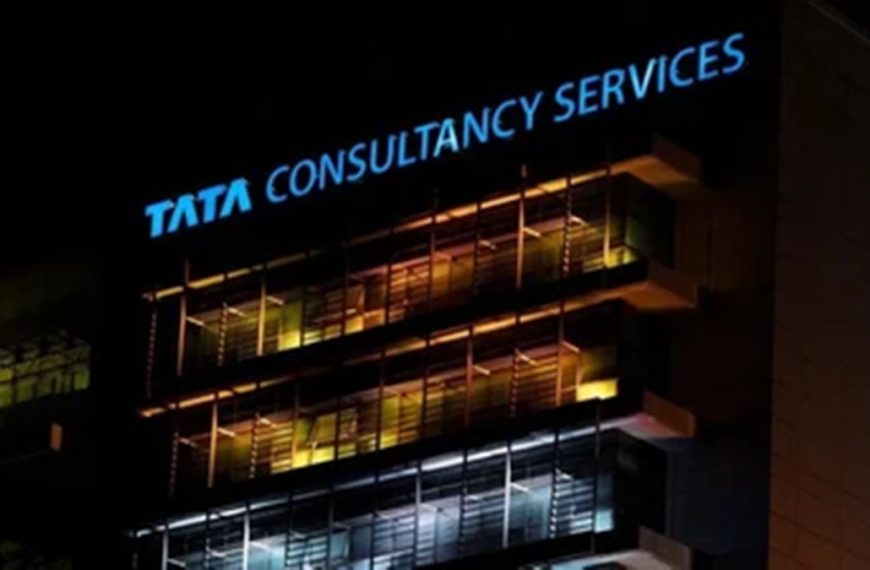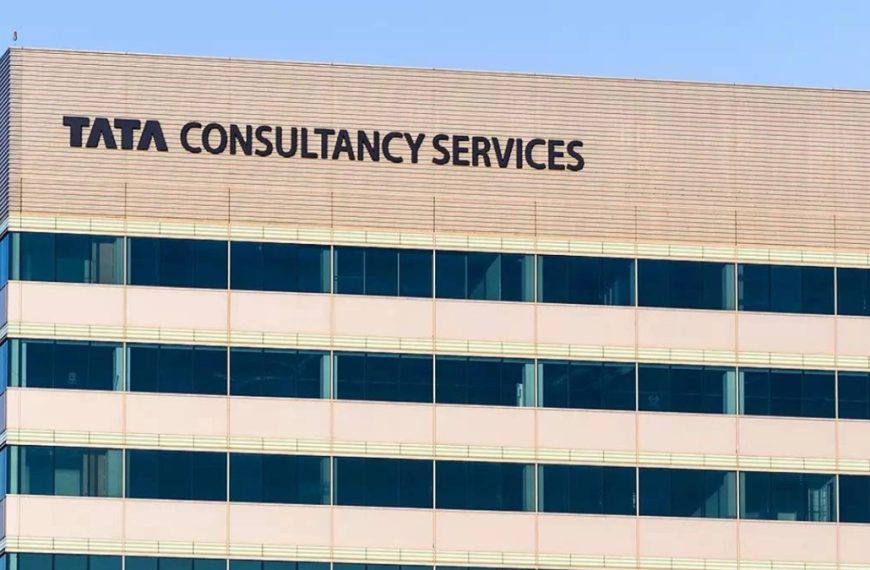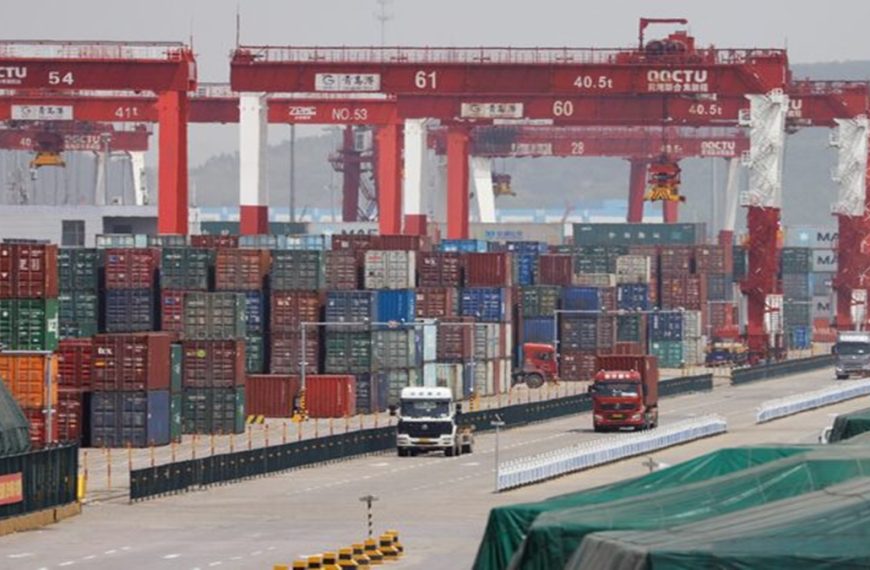The Indian government is gearing up to significantly boost its energy infrastructure, targeting the addition of 6.5 gigawatts (GW) of thermal power, 2.2 GW of nuclear energy, and 3.9 GW from hydro sources by FY26. This ambitious plan is detailed in a recent report from the Lok Sabha’s Standing Committee, which highlights the pressing need for timely capacity expansions to meet the surging electricity demands across the nation.
Current Capacity Additions Fall Short
As of January 31, the data reveals a concerning trend: only 1.4 GW of thermal power has been successfully brought online, falling short of the 15.4 GW target set for FY25. Similarly, hydro capacity has only seen a modest increase of 40 megawatts (MW) against an ambitious goal of 1.7 GW.
- Thermal Power: 1.4 GW added; FY25 target was 15.4 GW
- Hydro Capacity: 40 MW added; FY25 target was 1.7 GW
The committee expressed that these delays in commissioning not only hinder progress but also risk escalating costs, particularly for projects like the Subansiri Lower, Parbati-II, and Pakal Dul Hydro Projects, as well as various thermal projects, including Barh and Ghatampur.
Recommendations for Improvement
To mitigate these issues, the committee emphasized the importance of collaboration among the power ministry, state governments, and implementing agencies. They recommend prompt action to resolve any existing hindrances to ensure that the planned capacity additions meet their deadlines.
Historical Context and Future Goals
In FY24, India’s energy sector added a mere 5.4 GW of thermal capacity, significantly below the 14.7 GW target, while hydro additions were only 60 MW against a target of 2.8 GW. The primary culprit behind these delays has been identified as the limited availability of engineering, procurement, and construction (EPC) contractors, along with Balance of Plant vendors, which has obstructed the timely commissioning of thermal projects.
The ministry noted that major players, such as BHEL and L&T, are involved in EPC contracts. However, recent tenders have only attracted single bids, which raises concerns about competition and project viability.
Long-Term Energy Strategy
Looking ahead, the Indian government has ambitious plans to add 80 GW of thermal capacity by 2031-32 to align with the projected growth in electricity demand. While India aims to achieve 500 GW of renewable energy capacity by 2030, experts stress that relying solely on renewables will not suffice to meet the country’s escalating power needs.
With summer approaching, power demand is anticipated to spike further, potentially surpassing the record peak of 250 GW set in 2024. According to Ghanshyam Prasad, chairperson of the Central Electricity Authority, the peak power demand is expected to rise to 270 GW this year, driven by a compound annual growth rate (CAGR) increase from 6% to 7% over the next five years, spurred by robust economic and industrial growth.
Conclusion
In summary, while the Indian government is making strides to enhance its energy capacity, timely execution and comprehensive planning are essential to avoid further delays and cost overruns. As the demand for power continues to grow, the successful realization of these targets will be crucial for sustaining the country’s energy needs and economic expansion.











